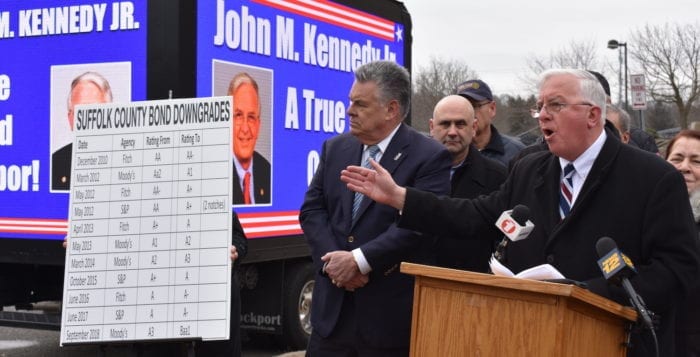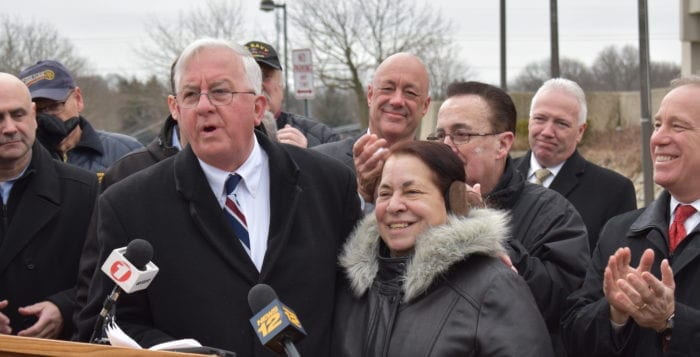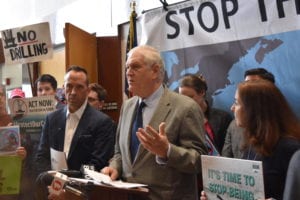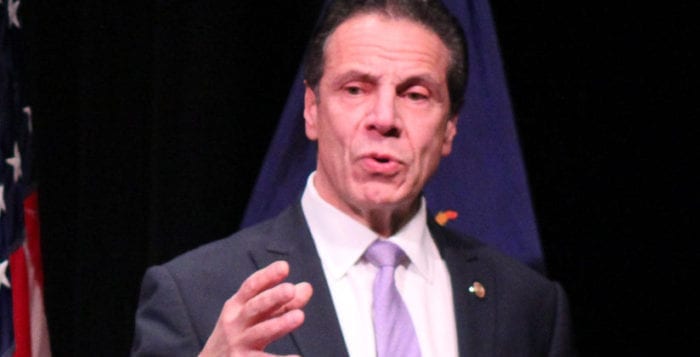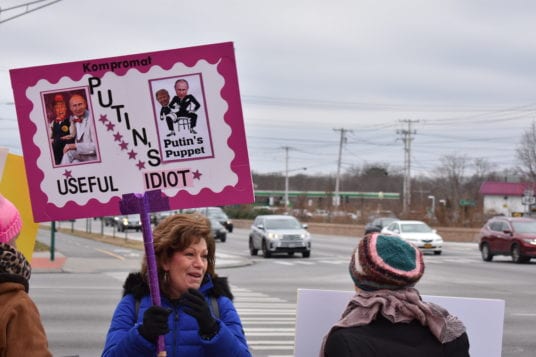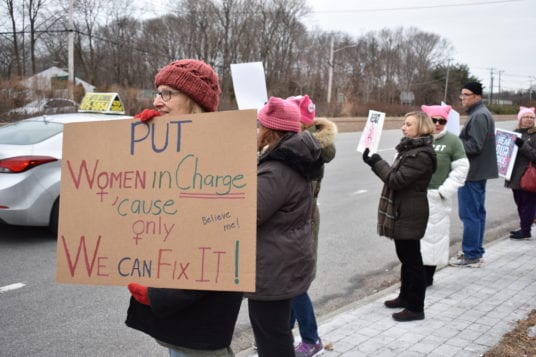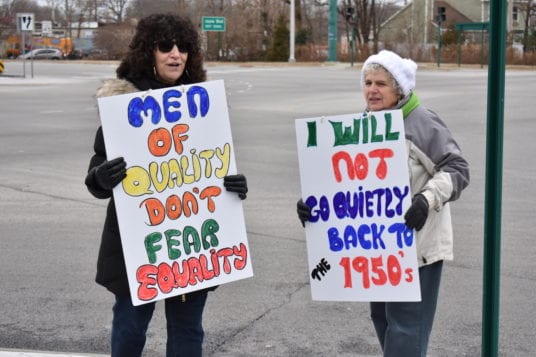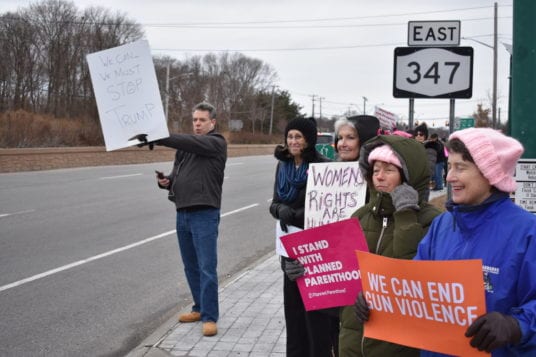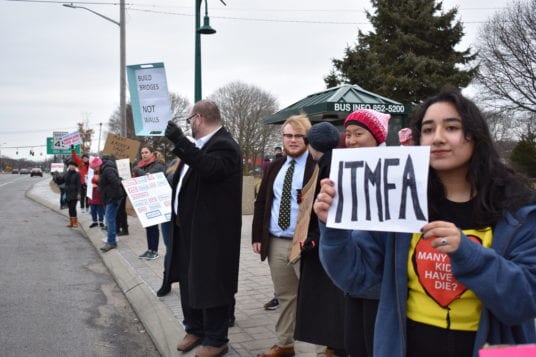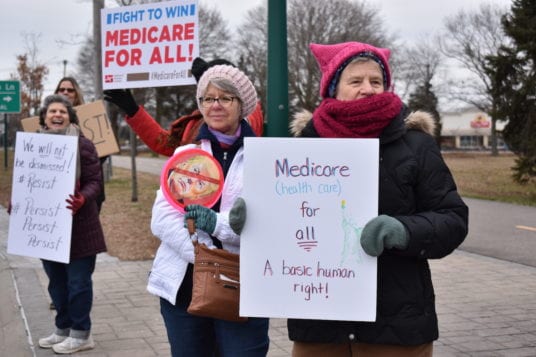Suffolk County’s newest elected officials have taken their oaths of office in recent weeks, and some are still learning the ropes of their new office. But now, voters need to shrug off any remaining 2018 election season fatigue.
County Comptroller John Kennedy Jr. (R) formally announced his campaign to take on incumbent County Executive Steve Bellone (D) for the county’s top office. Kennedy already faces a challenge from county Legislator Rob Trotta (R-Fort Salonga) who’s made it no secret he wants to take charge, while his fellow Republican party member Larry Zacarese is watching and waiting in the wings.
The state’s Jan. 18 voting reform bills have already brought out a wealth of contenders for the 2019 county executive race, as the legislation pushed the state’s primary elections from September up to June. This effectively lengthens the campaign season by three months. For the sake of voters, we hope all candidates will use these additional months to talk about critical issues — not make it an extended political slugfest.
This year’s county executive race is critical. Our next leader faces a never-ending series of challenges to ensure this part of Long Island remains a safe, affordable place we’re still proud to call home.
The county’s financial status is delicate. One party cries we face fiscal ruin if spending patterns continue while the other claims despite sinking bond ratings, the future will be brighter. Everyone knows taxes are high, wages haven’t kept up with inflation and Suffolk’s cost of living already ranks among the highest in the nation. Our future county executive needs to be ready to tighten down, cut costs and keep life affordable.
Key to that will be a successful negotiation of the Suffolk County Police Benevolent Association’s contract that pays the salary of our police officers. It is one of the biggest pieces of the county’s annual budget and it’s on the table — how much taxpayers dig into their pockets will depend on a successful contract. Not to mention many of the county’s other employee unions need new contracts at reasonable and fair rates as well.
Both parties agree that a focus on infrastructure and securing economic growth will help to ensure the area’s future success and stem the “brain drain,” or the droves of the 20- and 30-year-olds leaving Long Island to keep their hopes of the American Dream alive. How to best do it is a matter for debate that should be addressed by all candidates.
We’d also like to see promises kept to existing projects, some of which have been decades in the making, such as Wading River-Port Jefferson Rails to Trails and its commitment to help push forward with sewers in Kings Park.
A lot of important tasks will fall to whoever wins the 2019 county executive race, so we encourage Suffolk residents to extensively question all candidates and demand concrete answers. Don’t settle for vague promises without a plan for execution.
To the candidates, don’t let this dissolve into negative campaigning, name calling and bullying. We expect you to have an open-door policy and intelligent discourse of your future plans, if elected. You are expected to rise to the challenge before you, not mire Suffolk in a cesspool of negativity.

